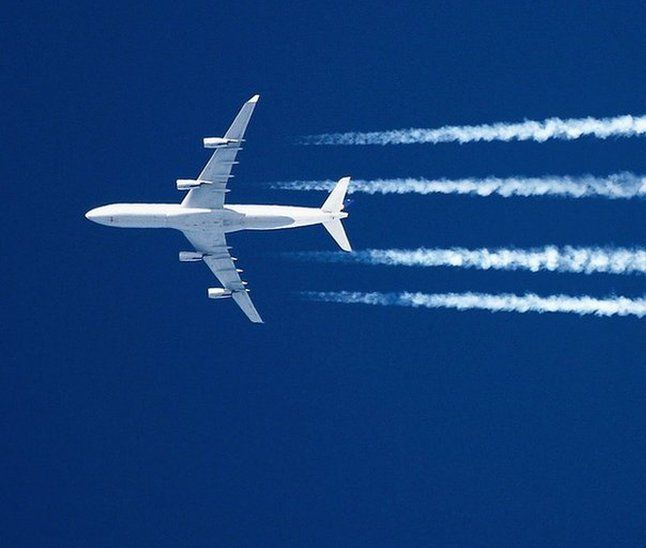- Can aviation become fully sustainable before its too late
- A word from the senior director for sustainability of the ACI

For aviation to prove that it has a part to play in a sustainable, it will require long-term perspective investments. In order to reduce its impact on global warming – and secure its own survival – the industry will need to collaborate with external stakeholders, working from a place of a shared narrative. Aviation may not be as big a CO2 emitter as the food production or fashion industries. Still, it has become the high-profile poster-child for pollution. It has been convenient for governments to place some responsibility for climate change on air travel and individual habits rather than regulate more politically sensitive industries, such as factory-scale livestock farming. If this is achieved, by 2040, aviation will contribute 15.5 million in direct jobs and $1.5 trillion of GDP to the world economy.
Everyone needs to do their part – and it needs to go beyond just waiting for aircraft manufacturers to deliver the next best-promise lower emission aircraft. Aviation will need to widen its scope and collaborate with stakeholders outside the industry in order to achieve long-term sustainability goals. During Aviation Week’s webinar The Road to Zero Carbon Airports on Thursday, Julianna Scavuzzi, senior director for sustainability, environmental protection and legal affairs at Airports Council International (ACI), stated that, “We need to go beyond the collaboration that we were used to doing and include non-aviation stakeholders because part of the solutions will come from external stakeholders. The pandemic has, I think, taught us that we will need more than just our own sector.”


